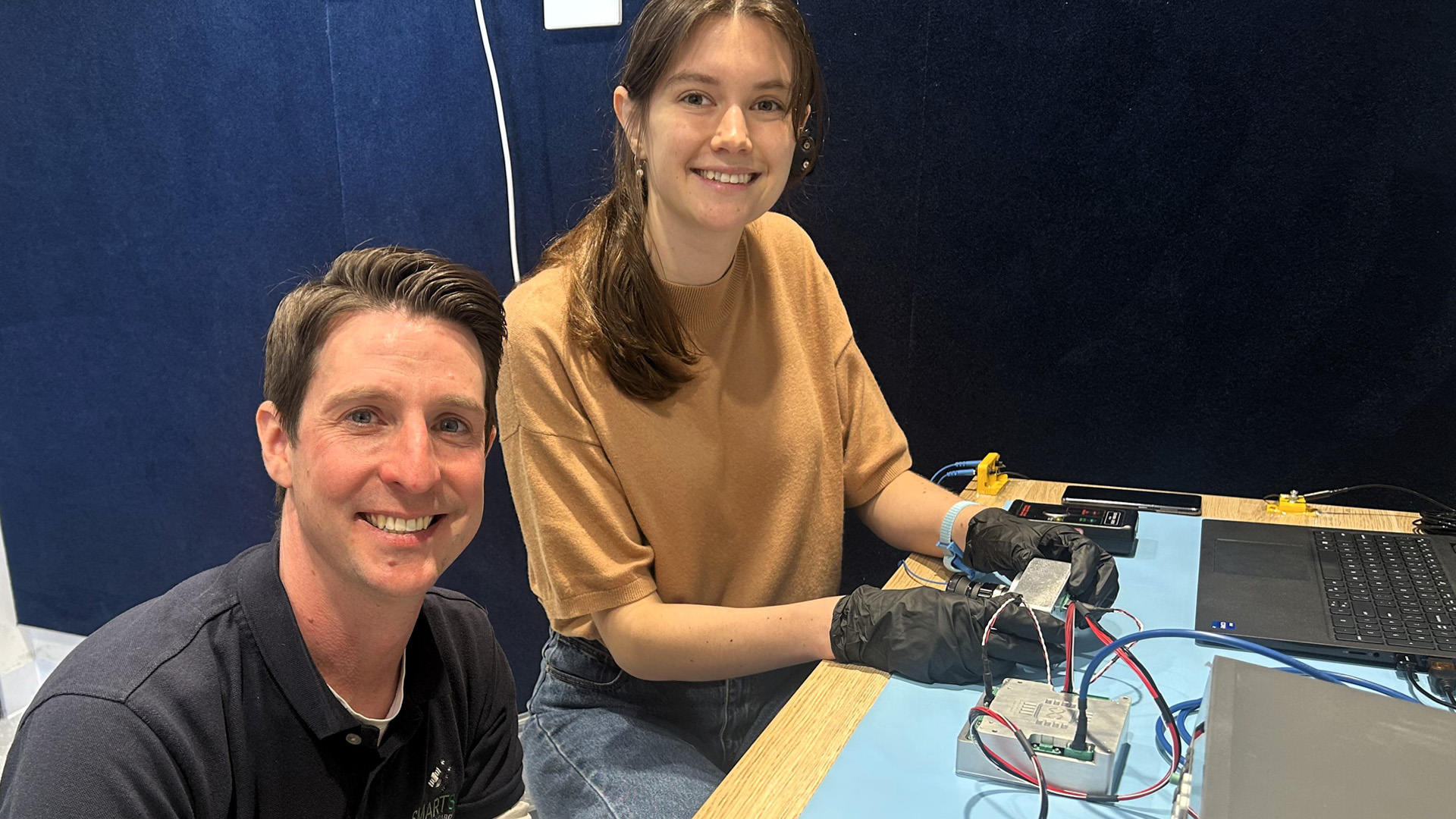A small payload with the smarts to boost Australia’s sovereign capability in space-based sensing for rendezvous and proximity operations for commercial and defence applications is under development in Adelaide.
The payload, weighing just over one kilogram, is the centrepiece of the E-SPARC (Event-based Sensing Payload for Autonomous Rendezvous Control) project, announced this week by SmartSat CRC.
SmartSat CRC and the University of Adelaide’s AI for Space Group, in collaboration with Australian and international industry partners, are aiming to develop, integrate, test, and launch a novel event-based sensing payload incorporating artificial intelligence (AI) image processing into space at the culmination of the 18-month project.
Event-based, or neuromorphic, sensing has a range of benefits over optical or other vision-based sensors in the harsh space environment. As the name suggests, an event-based sensor responds to subtle changes of light with a high dynamic range, making them well suited for imaging in bright sunlight.
The payload, once developed, will be capable of autonomously performing real-time perception, enabling detection and tracking, and position and orientation, of nearby objects by leveraging the event sensor and AI with dedicated onboard acceleration hardware.
Supported with funding from SmartSat CRC and Defence Trailblazer, the collaboration includes a sensor from Canberra-based Infinity Avionics, and partnership with Blackswan Space in Lithuania, who plan to launch the payload, alongside their vision-based system, on an upcoming mission.
Dr Carl Seubert, Chief Research Officer at SmartSat CRC and project co-lead, said the dual-use technology had a range of applications.
“This is a smart sensing payload that can be integrated onto a spacecraft and used to monitor the local environment,” Dr Seubert said.
“Its novel approach enables future autonomous spacecraft operations such as rendezvous, inspection, docking or landing.
“For example, to refuel a satellite, catch space debris, or even land on a comet.”
The image-processing algorithms that will produce spacecraft perception information have been developed by the AI for Space Group, led by SmartSat CRC Professorial Chair Tat-Jun Chin, who is also the Defence Trailblazer Theme Lead for Defence Space Technologies at the University of Adelaide.
“The usage of event sensing, which has a very high dynamic range and data rate, enables E-SPARC to operate in real-time and under the harsh and inconsistent lighting conditions of space,” Professor Chin said.
Currently, the hardware, software and AI algorithms are being integrated at SmartSat’s Scarlet Lab at Lot Fourteen and will be tested at the University of Adelaide’s Extraterrestrial Environmental Simulation (EXTERRES) Analogue Facility in Roseworthy.
From South Australia, the payload will head to the Netherlands for testing and validation at the GNC Rendezvous, Approach and Landing Simulator testbed at the European Space Research and Technology Centre (ESTEC) prior to a targeted launch in 2027.
At ESTEC, the E-SPARC payload will be tested by simulation involving a spacecraft approaching and docking to another spacecraft with robotic manipulators holding the E-SPARC payload and replicating the approach motion toward a mock-up target satellite.
The simulation will occur under a range of lighting conditions to stress the E-SPARC imaging scenes.
Dr Seubert described the project as ‘ambitious’.
“From the lab to orbit in under two years is ambitious. However E-SPARC is a project that both combines and matures technologies from our portfolio and partners so it’s an exciting prospect with world-leading expertise at the helm,” Dr Seubert said.
“E-SPARC strengthens Australia’s sovereign space capability through innovative technology, contributes to Defence-aligned space domain awareness and space control priorities, and opens pathways for future applications in civil and commercial space servicing.”




